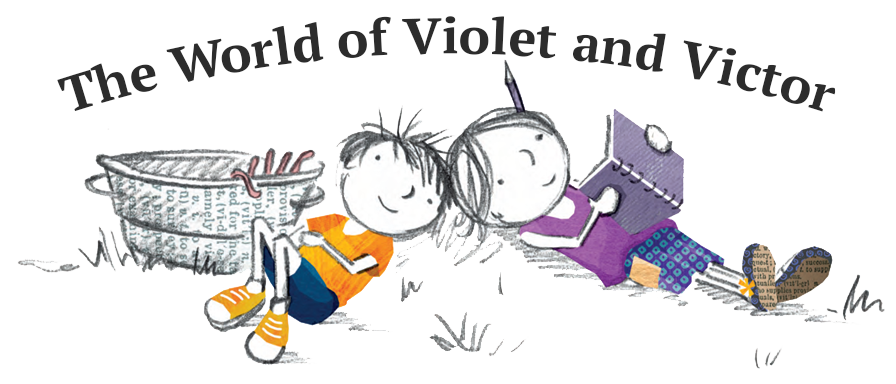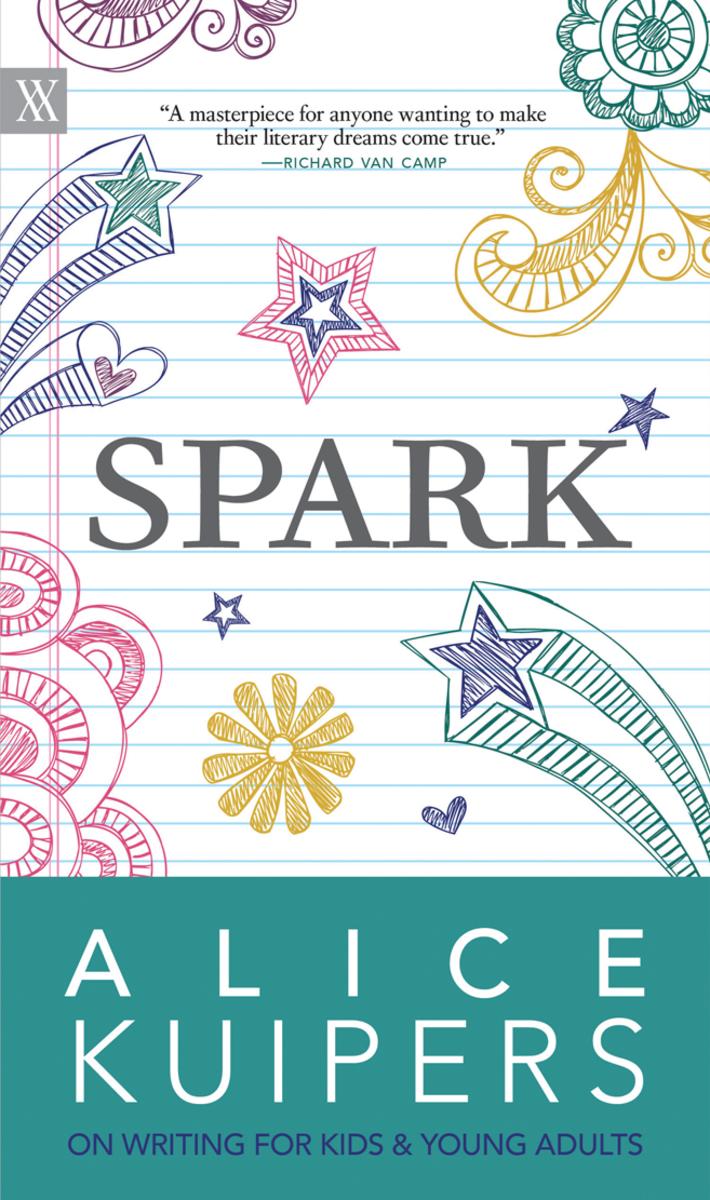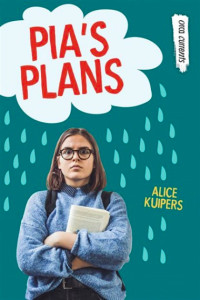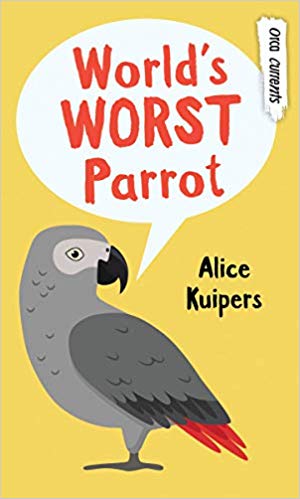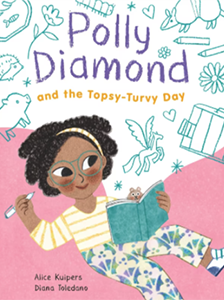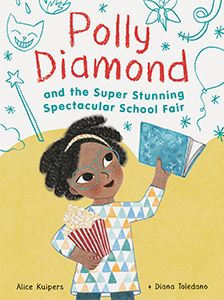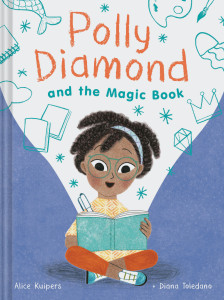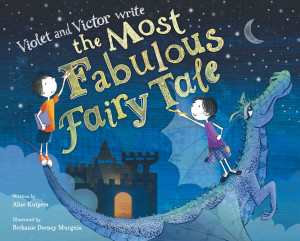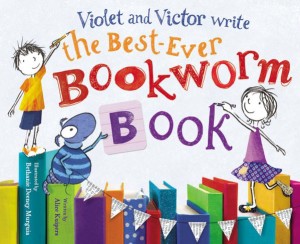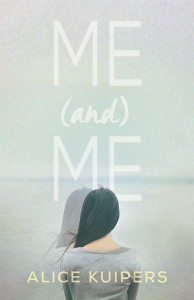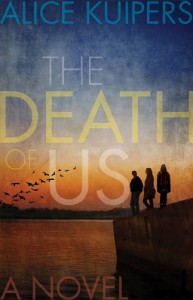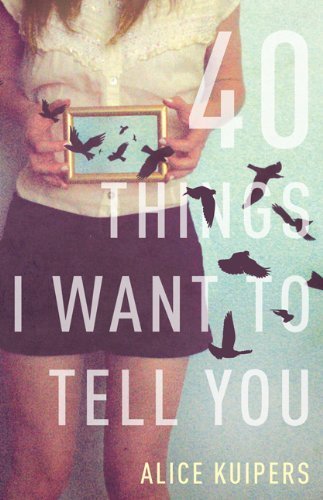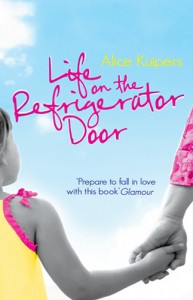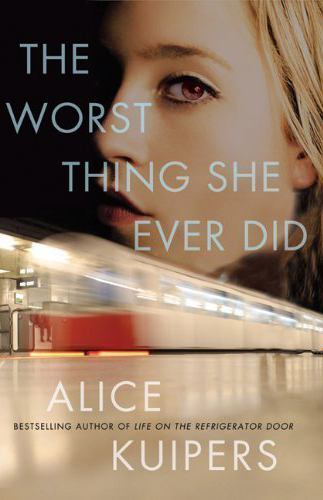Workshop Sixteen
Beginnings, middles, endings. We’ve all heard writers, readers and editors talk about these, but mostly in the context of the whole book. This first of five workshops on FIXES FOR YOUR FICTION we’re going to be looking at how EACH scene in your novel or story needs to have a beginning, middle and ending.
Here’s how a scene should look:
BEGIN with action. Ask: what does the main character want?
ACCELERATE by introducing conflict. Ask: what is stopping the main character?
SUSTAIN as plot points and important information for the rest of the novel are included. Ask: What is this scene trying to achieve?
LEVEL OFF as the character achieves or does not achieve their goal.
END with the question that makes the reader move to the next scene.
If you’re reading through your novel or story and finding that you have a beautifully written scene full of lovely language and gorgeous moments, a scene you remember painstakingly writing, you have to ask yourself:
WHAT IS THIS SCENE ABOUT?
If you don’t have an answer: bad news. You have to be brave and CUT.
This first fix for your fiction applies not only on the scenic level.
Ask yourself:
WHAT IS THIS CHAPTER ABOUT?
And above all:
WHAT IS MY STORY ABOUT?
Keep asking yourself. If you don’t think you have solid answers, you need to dig deep to find them. Believe me, once you know what your book is about, your narrative arc will come alive. You’ll be able to cut extraneous material – scene by scene, chapter by chapter – and take your work to a new level.
This week’s writing prompt:
Although this cycle of workshops is about editing, the writing prompts will be about generating new work. I want you to write a POSTCARD story – a complete story of up to 500 words, with a beginning, middle and end – using the word GHOST to inspire you.

